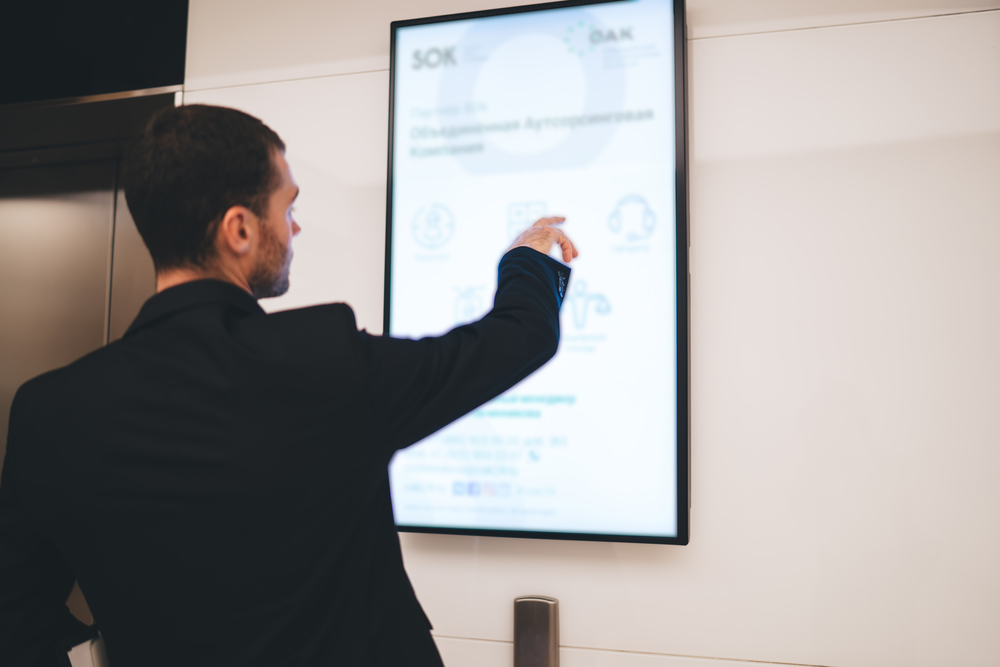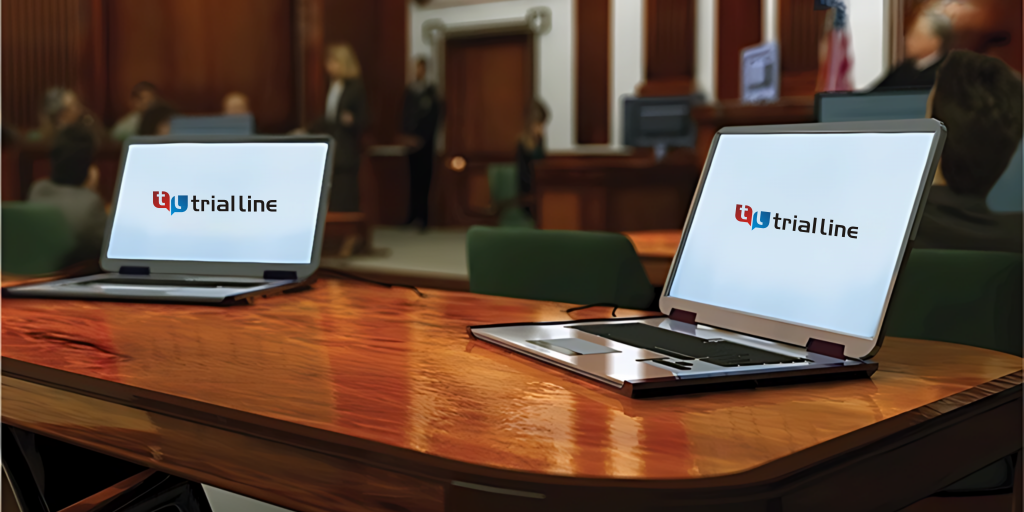Just How Test Presentations Enhance Your Disagreement and Convince Jurors
Test discussions act as a pivotal system for enhancing lawful disagreements and encouraging jurors. By integrating aesthetic help, narrative structures, and emotional interaction, lawyers can develop a compelling instance that reverberates on multiple levels. The strategic use of visuals not just makes clear intricate information yet additionally captures jurors' attention better than words alone. Nevertheless, the art of narration plays an equally vital duty in transforming valid evidence into a compelling story, forming jurors' assumptions - trial presentations. Comprehending these aspects can significantly impact trial results, raising the inquiry of how each element contributes to this elaborate dynamic.

Relevance of Aesthetic Help
Aesthetic aids play an important role in enhancing the effectiveness of trial discussions, as they can significantly enhance target market engagement and retention of information. In the context of a trial, where jurors are charged with processing complicated info, visual aids offer to streamline and clear up essential points. Graphes, graphs, and pictures can convey information and ideas that may otherwise overwhelm or perplex jurors, allowing for an extra uncomplicated understanding of the evidence presented.
Moreover, aesthetic aids assist in keeping juror attention throughout the process. By breaking the dullness of spoken testament, these devices can punctuate vital disagreements, making them extra unforgettable. Reliable aesthetic aids can likewise stimulate psychological feedbacks, which can be crucial in encouraging jurors to straighten with the presenter's narrative.

Crafting Compelling Narratives
An engaging story is important in trial presentations, as it functions as the backbone of effective persuasion. It permits lawyers to weave together facts, proof, and psychological elements into a meaningful story that resonates with jurors. This narrative framework enables jurors to comprehend the intricacies of the situation while guiding them with the attorney's argument.
To craft a compelling narrative, lawyers must focus on clarity and comprehensibility. This entails developing a clear protagonist-- often the client-- and describing their trip via the events concerned. Providing the realities in a logical series improves comprehension and keeps engagement. In addition, using dazzling summaries can create psychological pictures that aid jurors picture the occasions, making the story more memorable.
Moreover, integrating vital styles throughout the presentation strengthens the core message and aids in retention - trial presentations. The narrative needs to not only communicate information however also evoke a feeling of justice, highlighting the risks involved. Eventually, a sound narrative cultivates a link in between the jurors and the instance, positioning the attorney's debate as both reputable and compelling, thereby boosting the possibility of a beneficial judgment

Involving the Jury Mentally
Effective jury interaction hinges on the attorney's ability to link with jurors on a psychological degree. This connection can significantly affect jurors' understandings and their ultimate decision-making.
Aesthetic aids, such as pictures or videos, can additionally boost emotional engagement, providing jurors with dazzling representations of the instance's human elements. Crafting a narrative that highlights the struggles and accomplishments of the people involved ensures that jurors see past the legal debates and imp source identify the human consequences of their decisions.
An attorney's enthusiastic distribution can reverberate with jurors, strengthening their psychological financial investment in the situation. It's necessary to stabilize psychological appeals with accurate proof, making certain that jurors feel forced to act while continuing to be based in the reality.
Structuring Your Presentation

The body of the presentation must be logically segmented right into essential factors, each supported by engaging evidence. It is useful to use storytelling strategies to weave facts right into a narrative that jurors can easily follow. Visual aids, such as charts and video clips, can enhance understanding and engagement, aiding to highlight critical pieces of proof.
Real-World Case Studies
Taking a look at real-world study gives important understandings right into the art of trial presentations and persuasion. The spots instance of "O.J. Simpson v. Individuals of The golden state" highlights exactly how aesthetic aids and compelling narratives can persuade jury perceptions. The defense team successfully utilized a strategy that integrated high-profile professional statements with multimedia discussions, which captivated jurors and ultimately affected their decision.
Another significant instance is the "McDonald's Coffee Situation," where the complainant's attorneys utilized graphic images of the injuries endured by Stella Liebeck. trial presentations. This raw aesthetic proof played a critical function in communicating the extent of her burns, causing a significant jury honor. Such situations demonstrate that impactful trial discussions often rest on the effective integration of visuals and storytelling to stimulate emotional feedbacks from jurors
Moreover, the "Casey Anthony Trial" highlighted the value her comment is here of narrative coherence and trustworthiness. The prosecution's failing to develop a compelling timeline decreased their persuasive power, highlighting the necessity of a well-structured discussion. Examining these situations exposes that effective why not try here test discussions call for strategic planning, emotional engagement, and the ability to reverberate with jurors' values and ideas.
Final Thought
Trial presentations considerably enhance debates and encourage jurors with the strategic use of visual help, engaging narratives, and psychological involvement. A well-structured presentation balances psychological appeals with accurate proof, eventually reverberating with jurors' values.